“Gujarat’s Political Reset” STRONG STATS, LOWEST WAGES
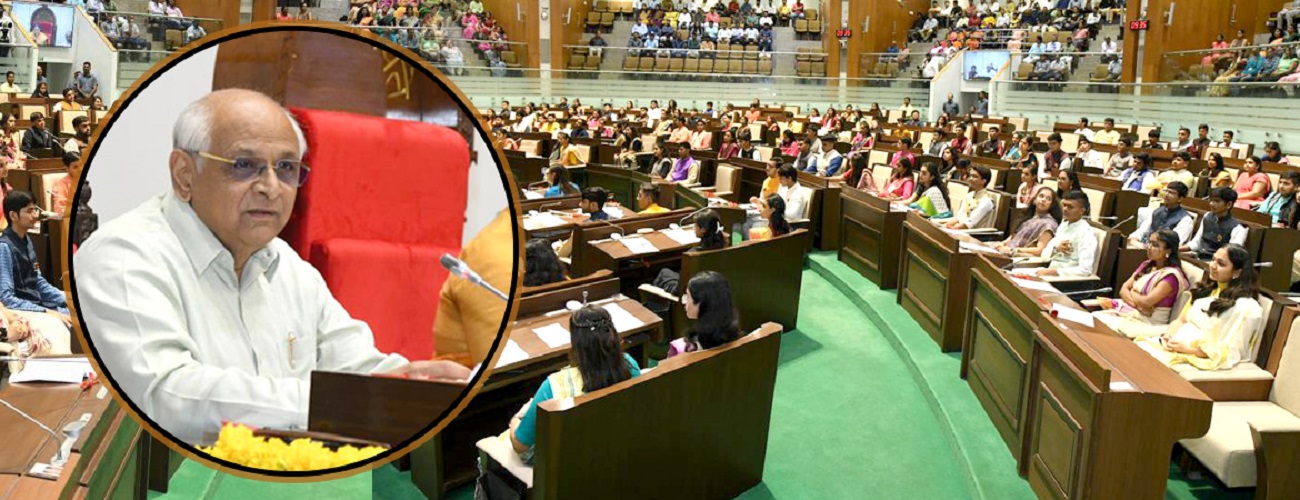
Gujarat supposedly the most prosperous state and a dynamic economic model for the country sprung surprise with a fast reshuffle through resignations of 16 ministers and swift induction of 25, 12 first-time MLAs, days before Diwali.
It may be indicator of the developments below the surface. The quick fix solution is necessitated also by a Gujarati belief that the fortnight following the Diwali considered inauspicious. In a Congress-ruled system such reshuffles were not unknown. That’s the BJP rarely do. Is it an indicator of a tempest?
The sudden resignation on October 16 of the entire Gujarat cabinet, except for Chief Minister Bhupendra Patel, is stated to be a strategic move to address administrative inefficiencies, counter anti-incumbency sentiment, and strengthen its position before upcoming local elections.
No strange is the phenomenal rise of Harsha Sanghavi, a Jain, as deputy CM, to hold the home ministry, so far, a domain of the CM. He is the sixth deputy CM since the times of Chimanbhai Patel.
Gujarat’s industrial strength, fiscal prudence, and infrastructure prowess routinely earn top ranks in national indices. Yet, beneath the veneer of prosperity, NITI Aayog’s data and other official reports reveal a troubling paradox: Gujarat’s economic progress has not translated into commensurate gains in human development. Recent data compiled by RBI reveals that MP and Gujarat have the lowest daily wages in India.
Congress and BJP leaders alike have pointed to recent controversies and perceived inefficiencies as reasons for the shake-up. Incidents cited includemany irregularities including in the MGNREGA scheme. Congress, however, suffers from absent leadership, demoralised workers and their “BJP links”, as AIIC observers recently noted.
Not all in Order: Minister’s son arrested
On 9 July 2025, a portion of the Gambhira bridge in Vadodara (Gujarat) collapsed during peak hours killing 22. Several vehicles plunged into the Mahisagar (Mahi) River. Locals and a panchayat member claim their warning for years went unheeded. Four engineers were suspended pending inquiry.
In May 2025, a Rs 71-crore fraud under the Mahatma Gandhi National Rural Employment Guarantee Act (MGNREGA) surfaced in Gujarat’s Dahod district, exposing fake documents used for siphoning of funds.
The case turned explosive when the sons of Gujarat’s Minister of State for Panchayat and Agriculture, Bachubhai Khabad, were arrested for allegedly masterminding the scheme through the companies. Their arrest lent political weight to the scandal and triggered widespread criticism.
In July 2024, the Gujarat High Court dismissed pleas by former ministers Parshottam Solanki and Dileep Sanghani seeking discharge from the long-pending 2008 fisheries scam case. Ahead of the 2024 Lok Sabha elections, the party also faced allegations of using intimidation tactics against opposition candidates.
Internal rifts surfaced as well, notably when two BJP legislators clashed publicly over a road construction dispute on October 14, 2025 at Neelwai in the Mancherial district. This factionalism is said to have triggered the cabinet reshuffle.
A robust economic engine
Gujarat boasts one of India’s most diversified industrial bases, leading in chemicals, petrochemicals, pharmaceuticals, textiles, and gems and jewellery. It contributes over one-third of India’s chemical output and 62 percent of petrochemical production, supported by major ports like Kandla, Mundra, and Dahej. With over 33 lakh MSMEs, the state sustains strong job creation and exports.
In 2023–24, Gujarat emerged as India’s top destination for bank-funded projects, reflecting investor confidence and policy stability. Handling 40percent of India’s cargo and 30 percent of exports, Gujarat remains among NITI Aayog’s top performers.
The other Gujarat
But NITI Aayog’s National Multidimensional Poverty Index (MPI) and human development studies tell a different story. The same data that praise Gujarat’s fiscal prudence also expose the fault lines of social inequality and poor human outcomes.
Despite its prosperity, Gujarat has one of the highest rates of malnutrition among major Indian states. The National MPI 2015–16 to 2019–21 found that 38 per cent of the population is undernourished. In rural areas, nearly half of all residents face nutritional deprivation, pointing at weaknesses in food distribution, health access, and household income.
August 2025 reports indicate that 7,269 Micro, Small, and Medium Enterprises (MSMEs) had shut down in Gujarat over the previous five years, resulting in over 33,000 job losses.
Poor housing and regional imbalance
The report also noted that 23.3 per cent of the state’s population lives in inadequate housing. In rural Gujarat, substandard housing conditions prevail in districts like Dahod, Narmada, and Chhota Udepur—regions that have not shared the same growth momentum as the industrial hubs of Ahmedabad, Surat, and Vadodara.
The contrast is striking: while cities such as Surat boast some of India’s highest per capita incomes, Dahod remains among the most impoverished districts in the country.
Poverty and inequality
While Gujarat’s poverty intensity has declined over time, its headcount ratio remains higher than those of Telangana, Maharashtra, and Tamil Nadu. The state’s rapid industrialisation has not generated inclusive employment or social mobility at the scale required to lift all regions equally.
Migration from rural Gujarat to industrial zones and other states remains high, reflecting limited opportunities in the hinterland despite overall economic prosperity. The labour market, though vibrant in manufacturing and ports, still lacks balance in quality jobs, social protection, and wage parity.
The “convoluted” model
The word “convoluted” captures the Gujarat paradox. On one hand, the state showcases India’s most successful economic management and industrial expansion; on the other, it reveals stubborn deficits in human well-being.
The NITI Aayog indices collectively paint a picture of dual realities. High economic growth has not automatically improved nutrition, housing, or social equality. The social sectors and welfare remain underfunded.
The so-called “Gujarat Model” has long been hailed as a template for other states. Yet, the model’s focus on industrial output and ease of business has come at the cost of welfare investments and equitable distribution hurting human development.
Lessons from NITI Aayog’s data
NITI Aayog’s SDG India Index further highlights Gujarat’s uneven performance. While it scores high on “Industry, Innovation, and Infrastructure,” it lags on “Zero Hunger” and “Good Health and Well-being.” These contrasts suggest that economic growth alone is insufficient without strong social policies to ensure that benefits reach all segments of the population.
The data expose a critical policy challenge.Gujarat must channel its fiscal surplus and industrial strength toward improving health, education, housing, and nutrition.
The next phase of Gujarat’s growth must be people-centric. Expanding rural healthcare, improving nutrition programs, and strengthening affordable housing could create a more inclusive growth trajectory.
(Author, a well-recognised political economy commentator, has served as a Professor & Dean at the capital-based IIMC.)
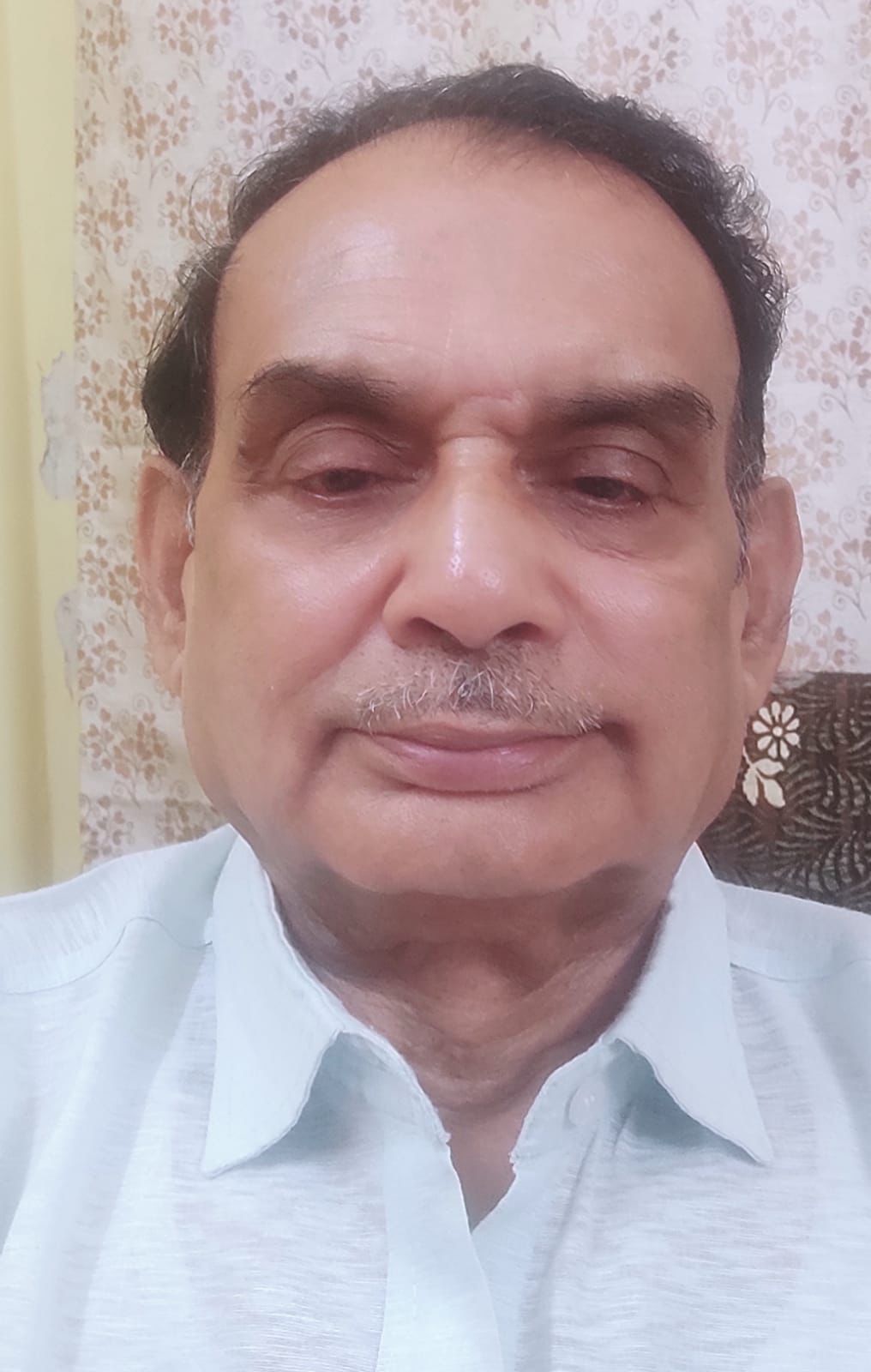
 3 days, 20 hours ago
3 days, 20 hours ago
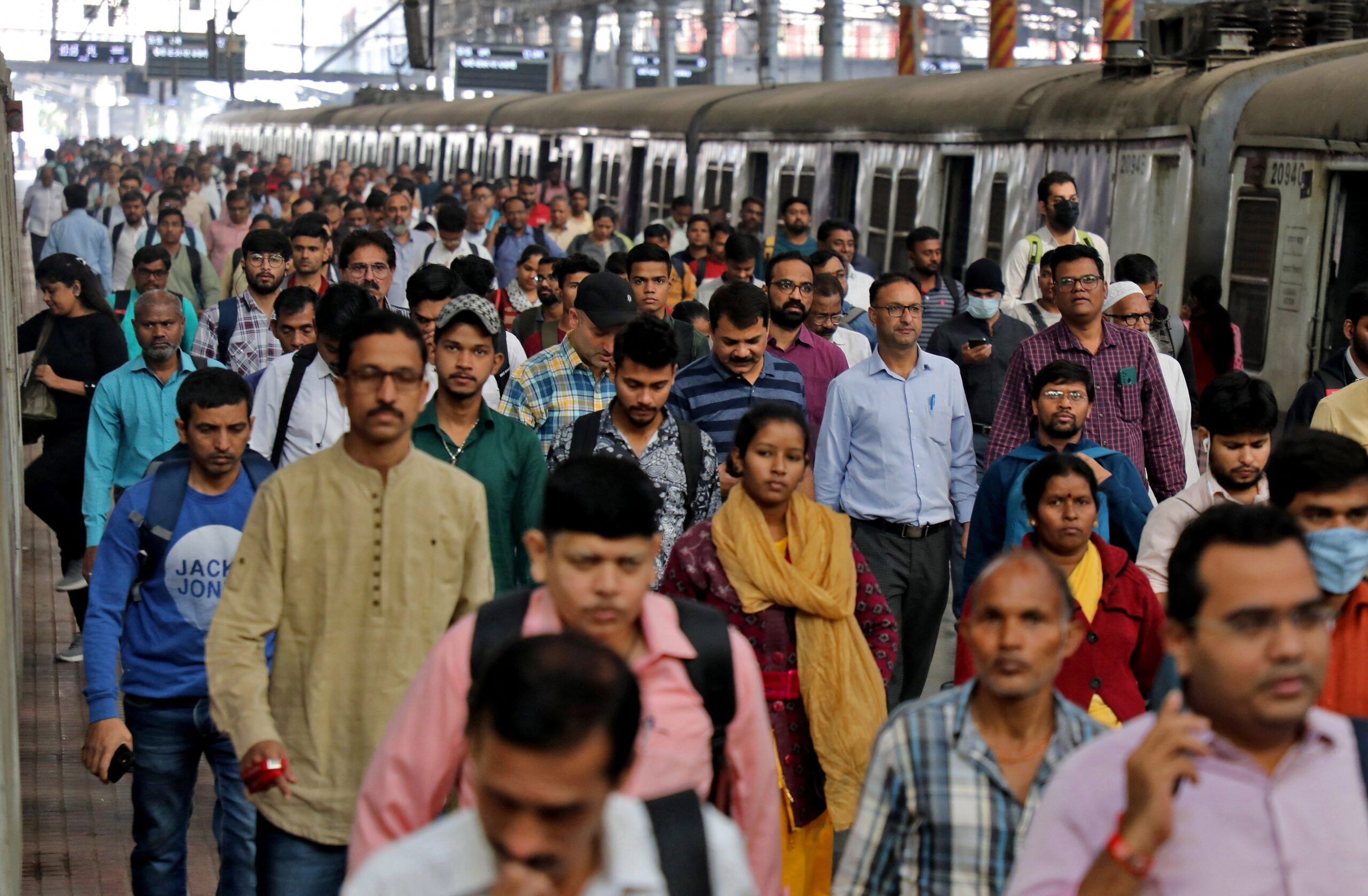
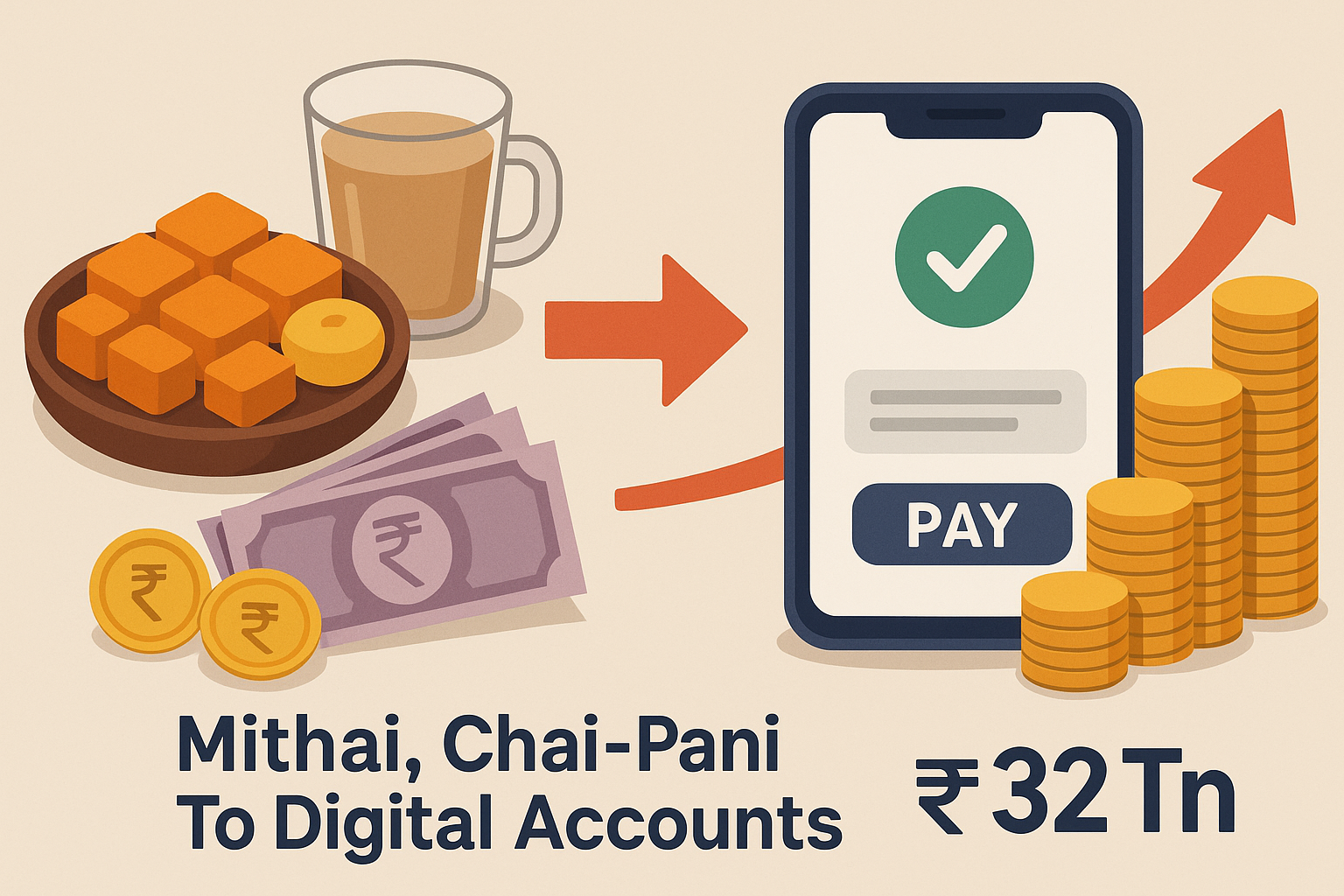
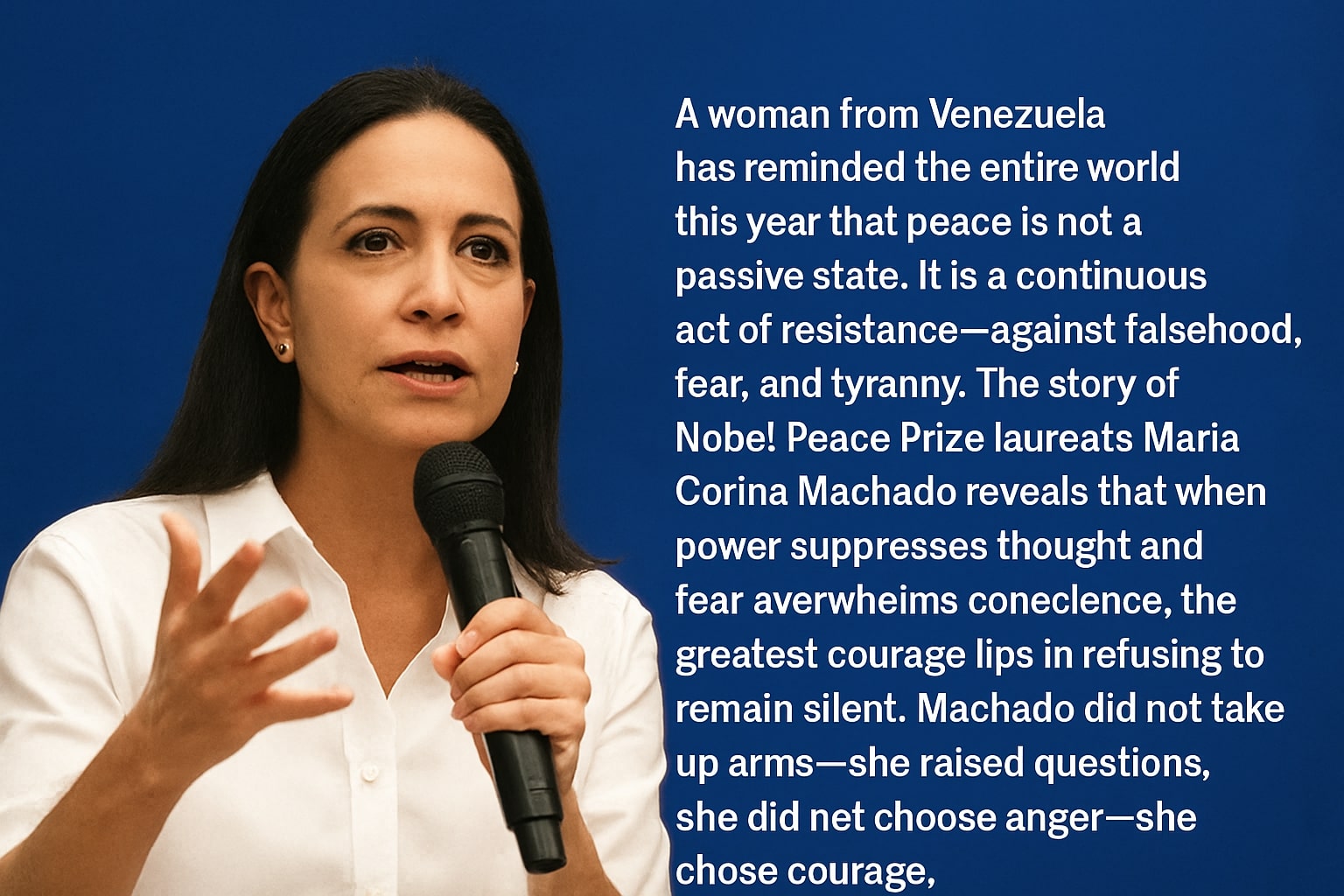
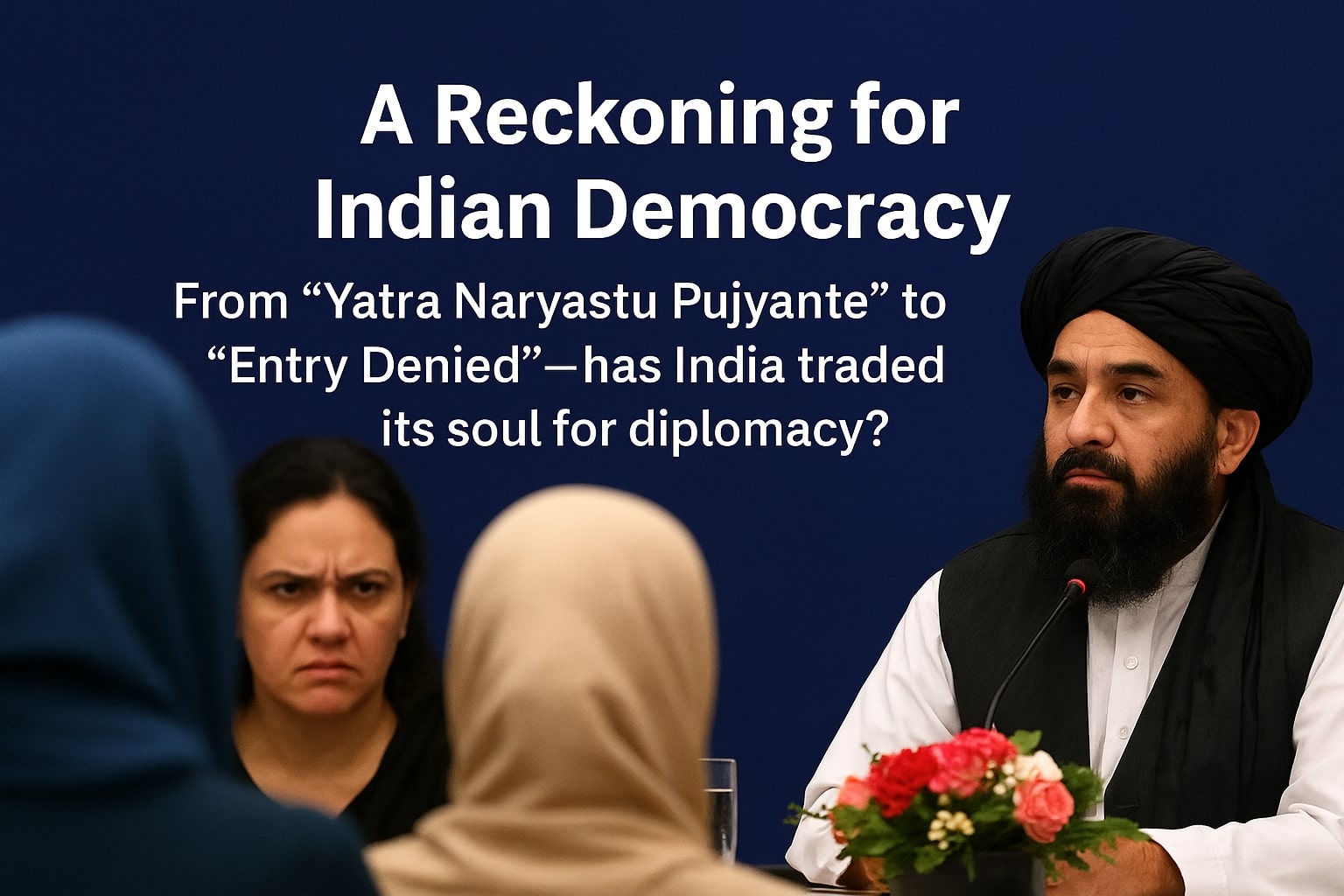
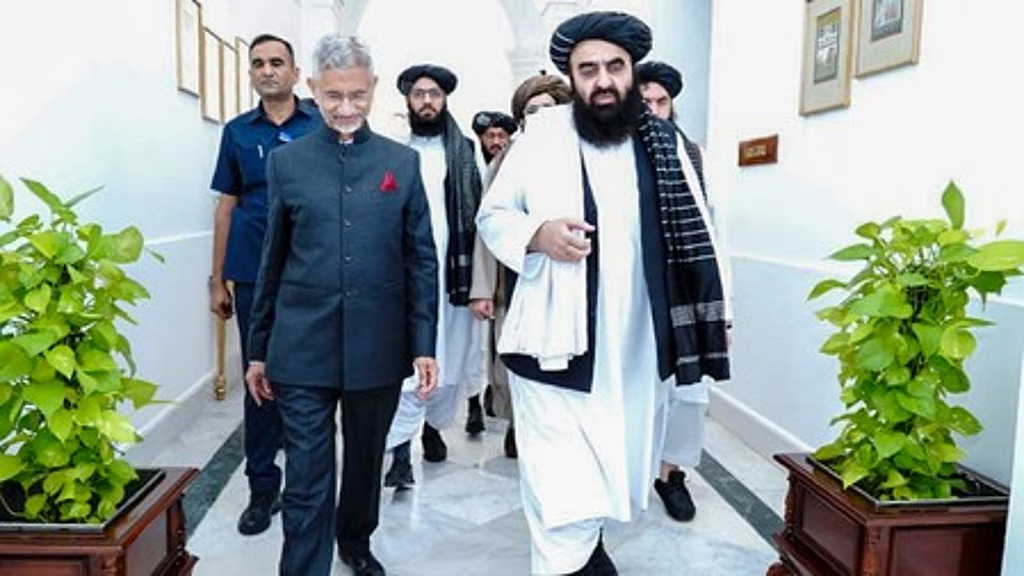
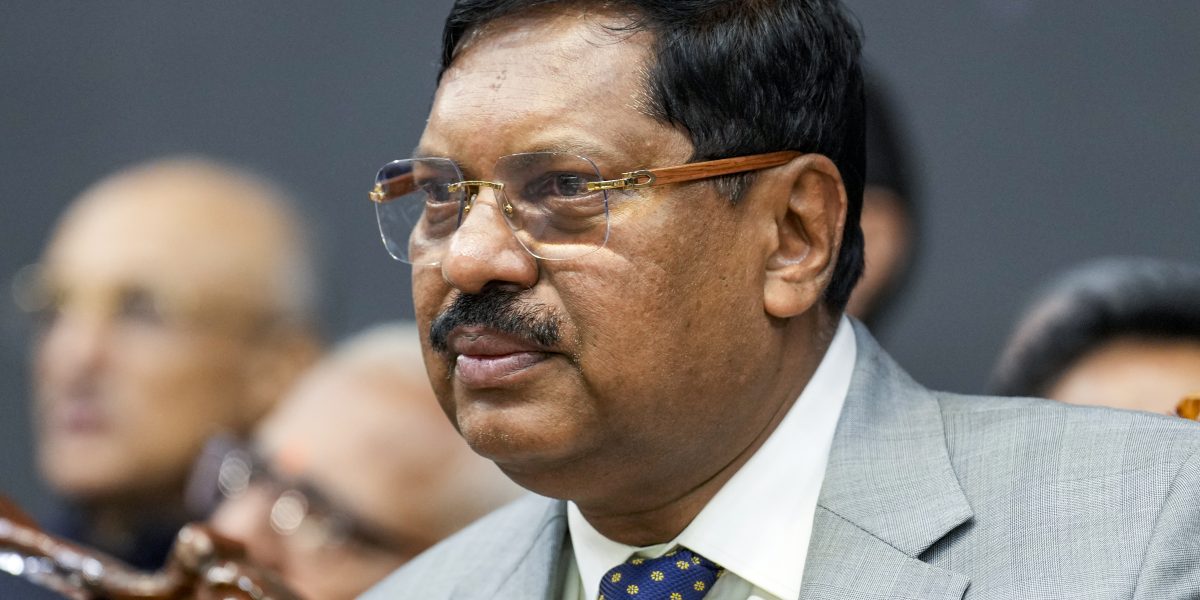

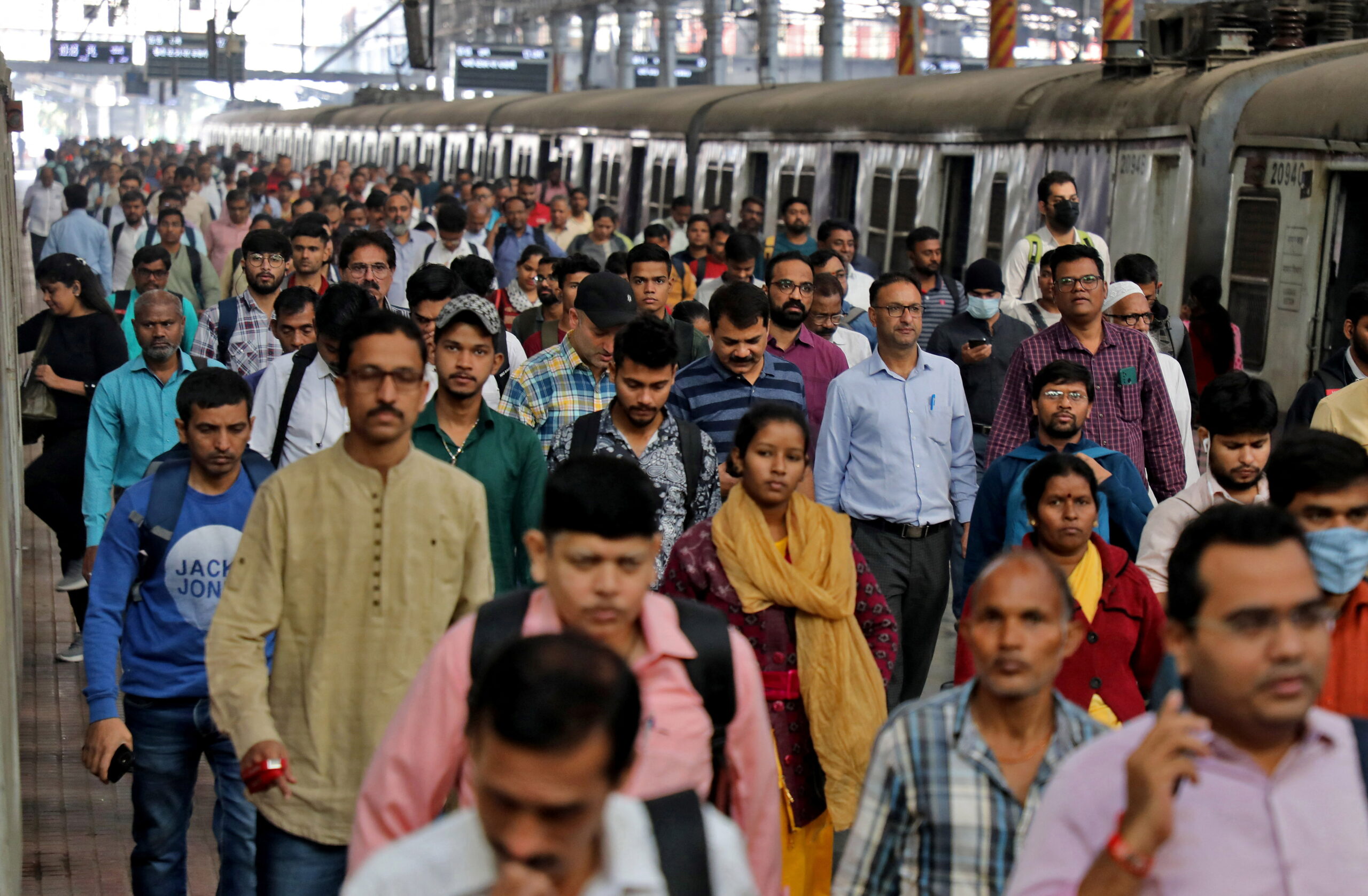
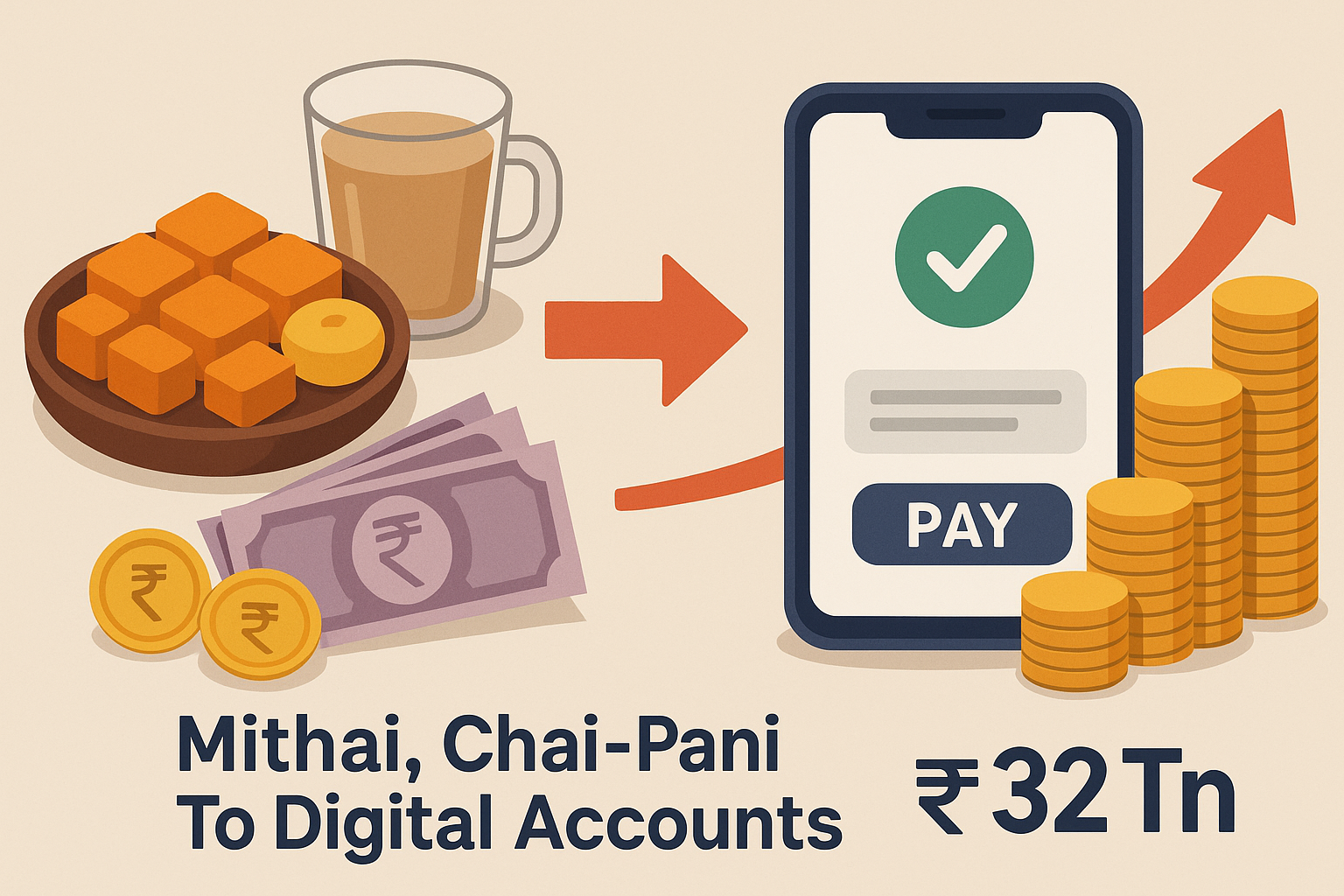
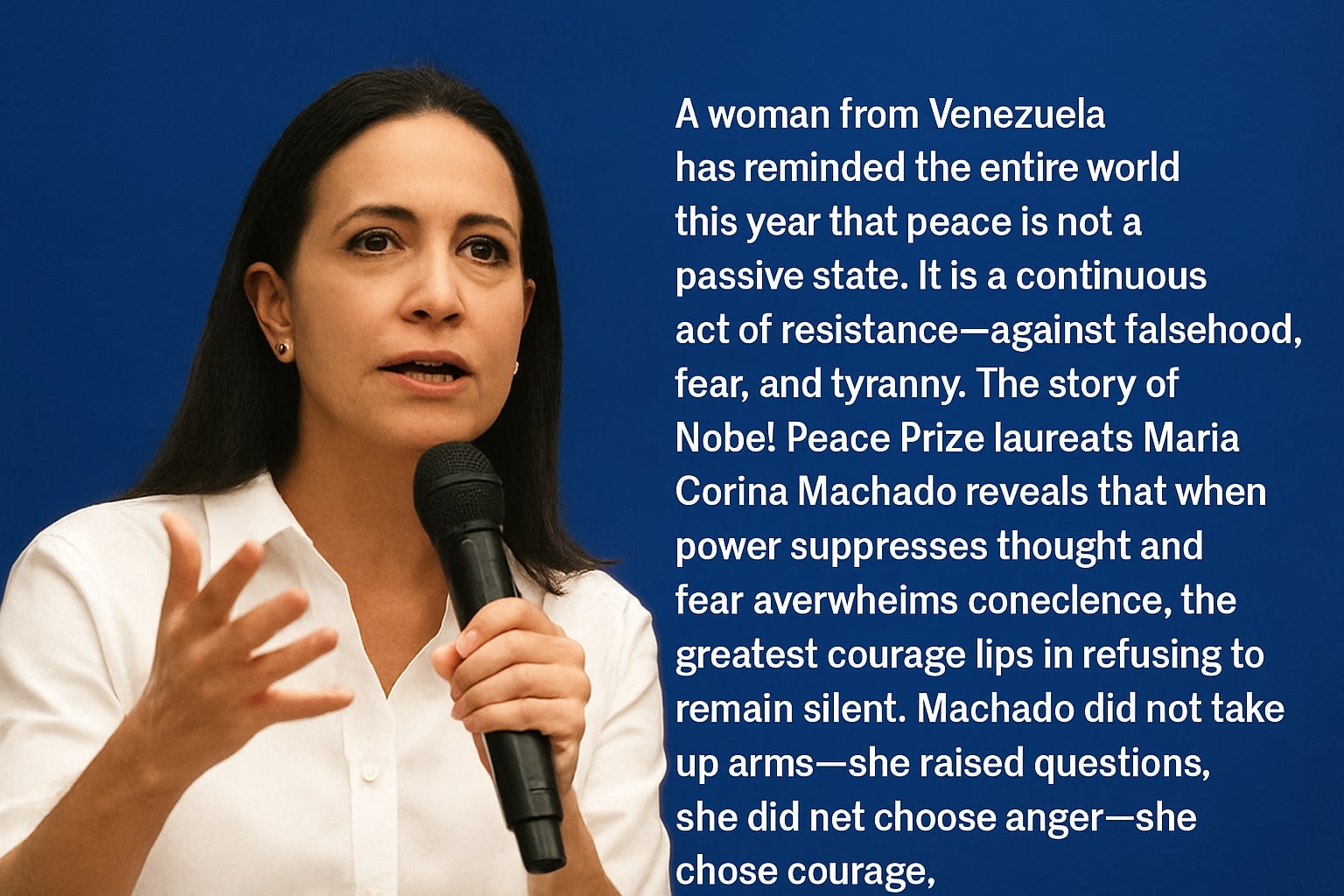
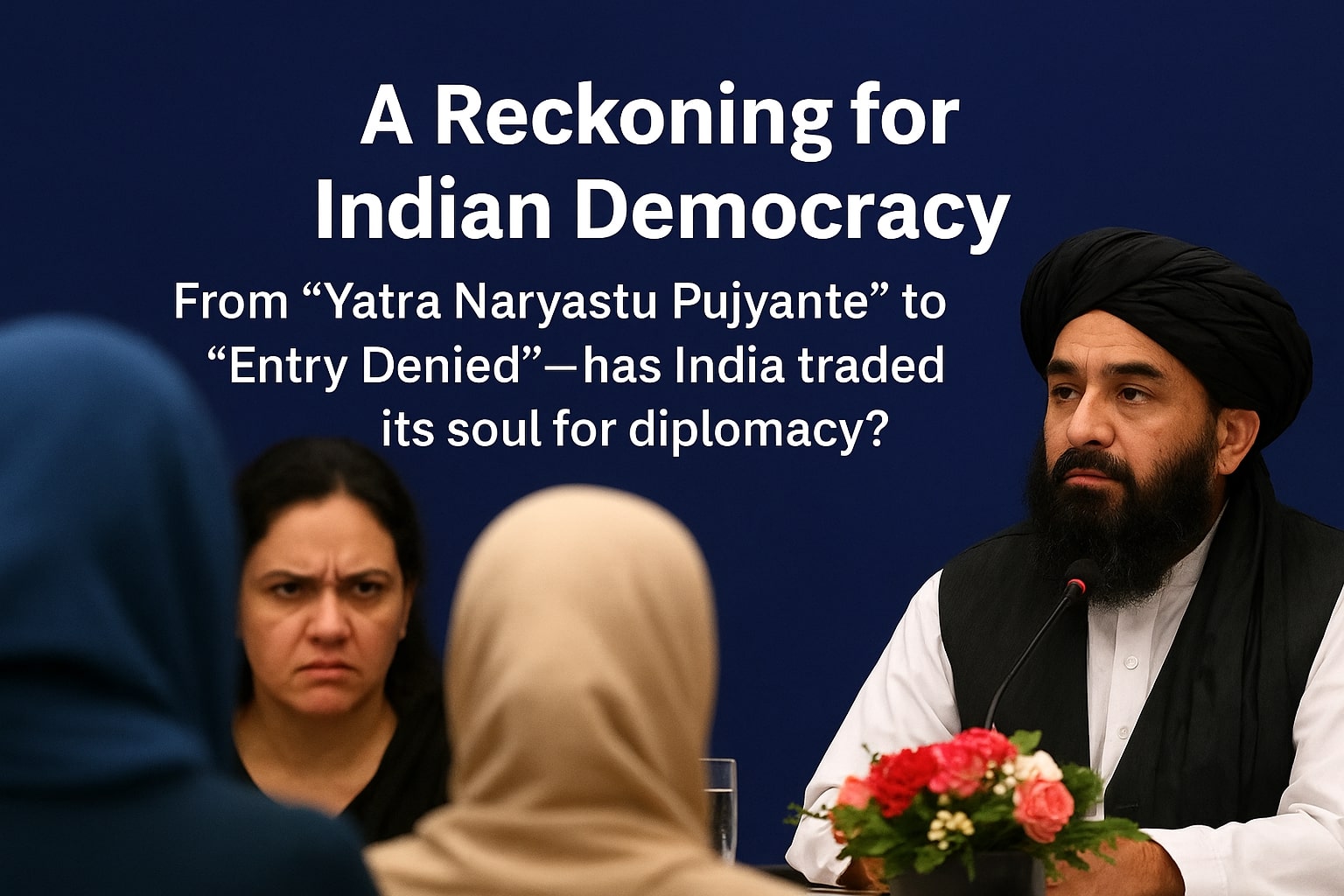
[[comment.comment_text]]